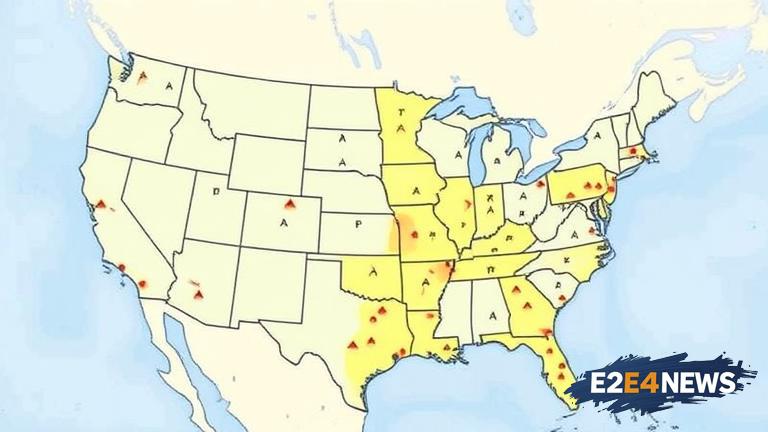The Bureau of Ocean Energy Management (BOEM) has made a surprising move by rescinding its designation of wind energy areas off the US coast. This decision has sent shockwaves throughout the renewable energy industry, as it was expected that these areas would be used for the development of offshore wind farms. The designated areas, which were initially identified as having strong potential for wind energy production, will no longer be reserved for this purpose. As a result, plans for offshore wind development in these areas have been put on hold, leaving many stakeholders wondering about the future of the industry. The BOEM’s decision has been met with disappointment from environmental groups and renewable energy advocates, who argue that offshore wind is a crucial component of the US’s transition to a low-carbon economy. The move has also raised concerns about the impact on the country’s climate goals, as offshore wind is seen as a key player in reducing greenhouse gas emissions. Despite the setback, industry experts remain optimistic about the long-term prospects for offshore wind in the US. They point to the growing demand for renewable energy and the decreasing costs of offshore wind technology as factors that will continue to drive growth in the sector. However, the BOEM’s decision has highlighted the need for greater clarity and consistency in the regulatory framework governing offshore wind development. The US has been slow to develop its offshore wind industry compared to other countries, such as the UK and Denmark, and this latest setback has done little to improve the situation. The country’s first offshore wind farm, the Block Island Wind Farm, was only completed in 2016, and since then, progress has been slow. The BOEM’s decision has also raised questions about the role of the federal government in supporting the development of offshore wind. While the Trump administration has been vocal about its support for fossil fuels, the Biden administration has pledged to prioritize renewable energy and reduce the country’s reliance on fossil fuels. The rescinding of the designated wind energy areas has been seen as a contradiction to this pledge, and has sparked calls for greater action to support the offshore wind industry. As the US continues to grapple with the challenges of climate change, the importance of developing its offshore wind industry cannot be overstated. Offshore wind has the potential to provide a significant portion of the country’s electricity, reducing reliance on fossil fuels and lowering greenhouse gas emissions. However, the industry needs a clear and consistent regulatory framework to thrive, and the BOEM’s decision has highlighted the need for greater clarity and support from the federal government. The US offshore wind industry is not without its challenges, including high development costs and concerns about the impact on marine ecosystems. However, with the right support and regulatory framework, the industry has the potential to create thousands of jobs and stimulate local economies. The BOEM’s decision has been seen as a missed opportunity to provide a boost to the industry, and has raised concerns about the country’s ability to meet its climate goals. As the world continues to transition to a low-carbon economy, the US needs to prioritize the development of its offshore wind industry. This will require a coordinated effort from the federal government, industry stakeholders, and environmental groups to create a clear and consistent regulatory framework that supports the growth of the industry. The rescinding of the designated wind energy areas is a setback, but it is not a fatal blow to the US offshore wind industry. With the right support and leadership, the industry can still thrive and play a crucial role in the country’s transition to a low-carbon economy. The US has a long history of innovation and leadership in the energy sector, and it is imperative that the country continues to prioritize the development of its offshore wind industry. The benefits of offshore wind are clear, from reducing greenhouse gas emissions to creating jobs and stimulating local economies. As the US continues to navigate the challenges of climate change, the importance of developing its offshore wind industry cannot be overstated. The BOEM’s decision has highlighted the need for greater clarity and consistency in the regulatory framework governing offshore wind development, and it is imperative that the federal government takes action to support the industry. The US offshore wind industry has the potential to be a global leader, but it needs the right support and regulatory framework to thrive. The rescinding of the designated wind energy areas is a setback, but it is not a fatal blow to the industry. With the right leadership and support, the US can still develop a thriving offshore wind industry that plays a crucial role in the country’s transition to a low-carbon economy.
